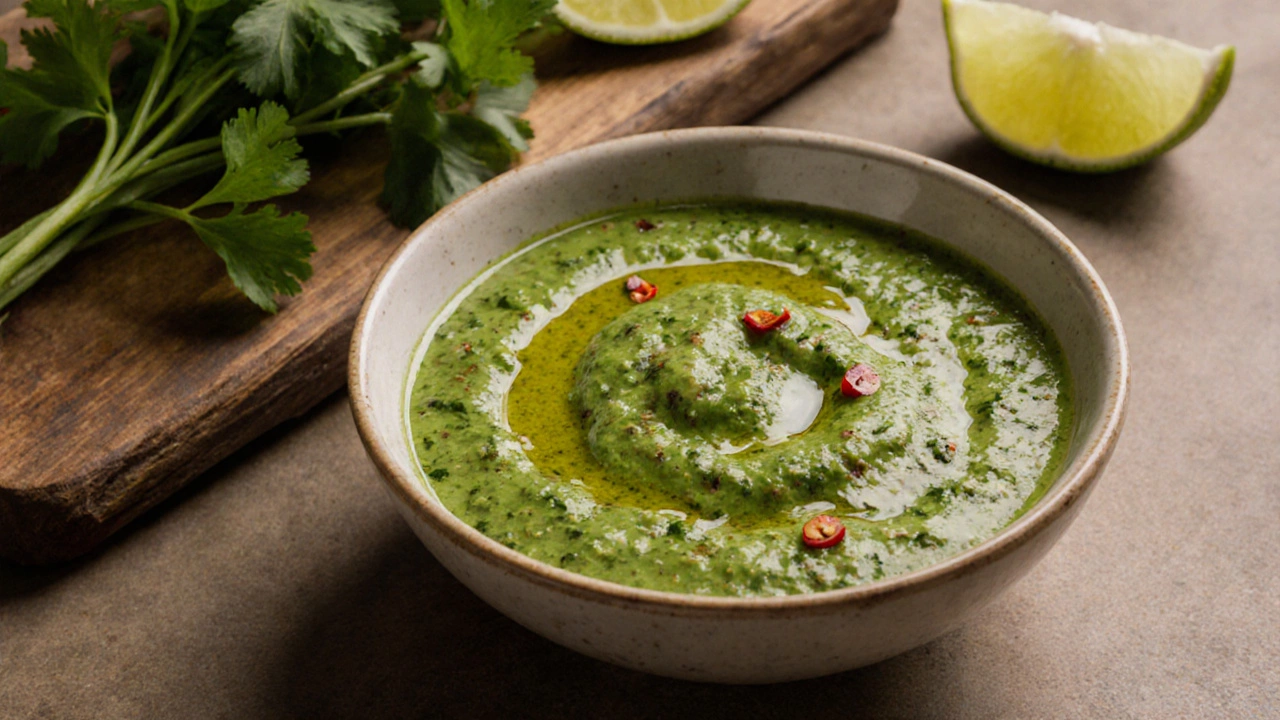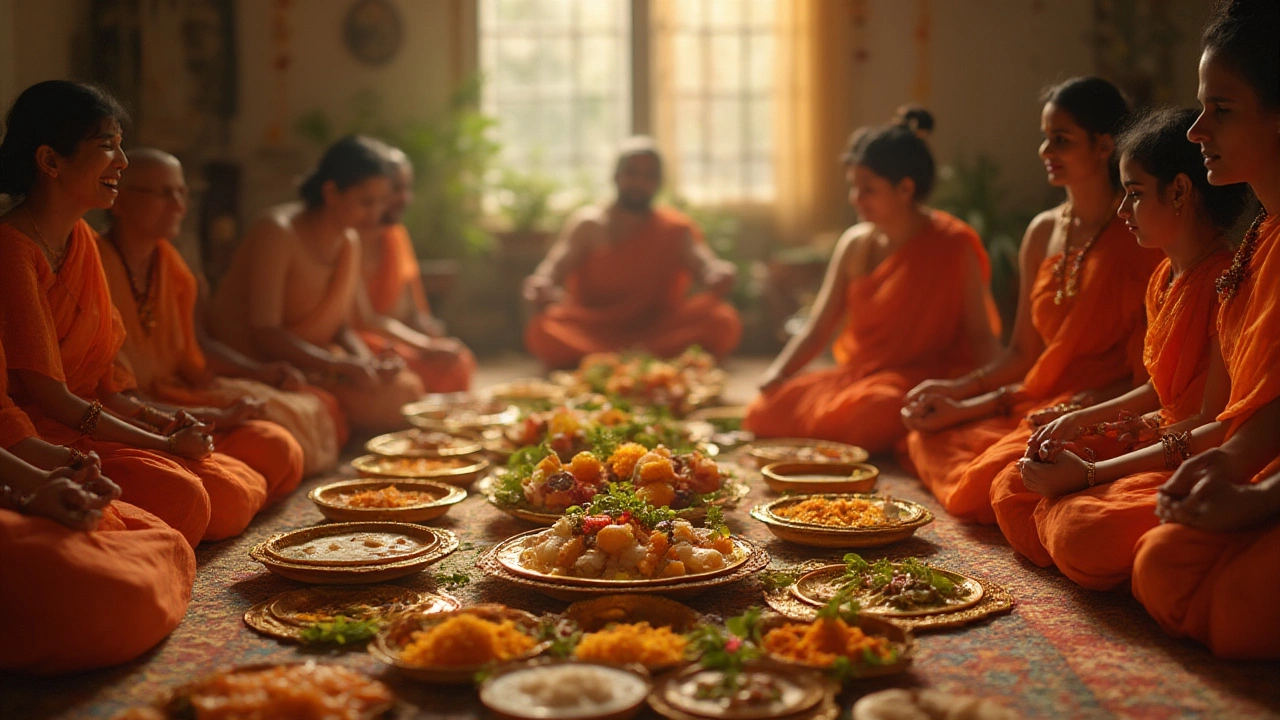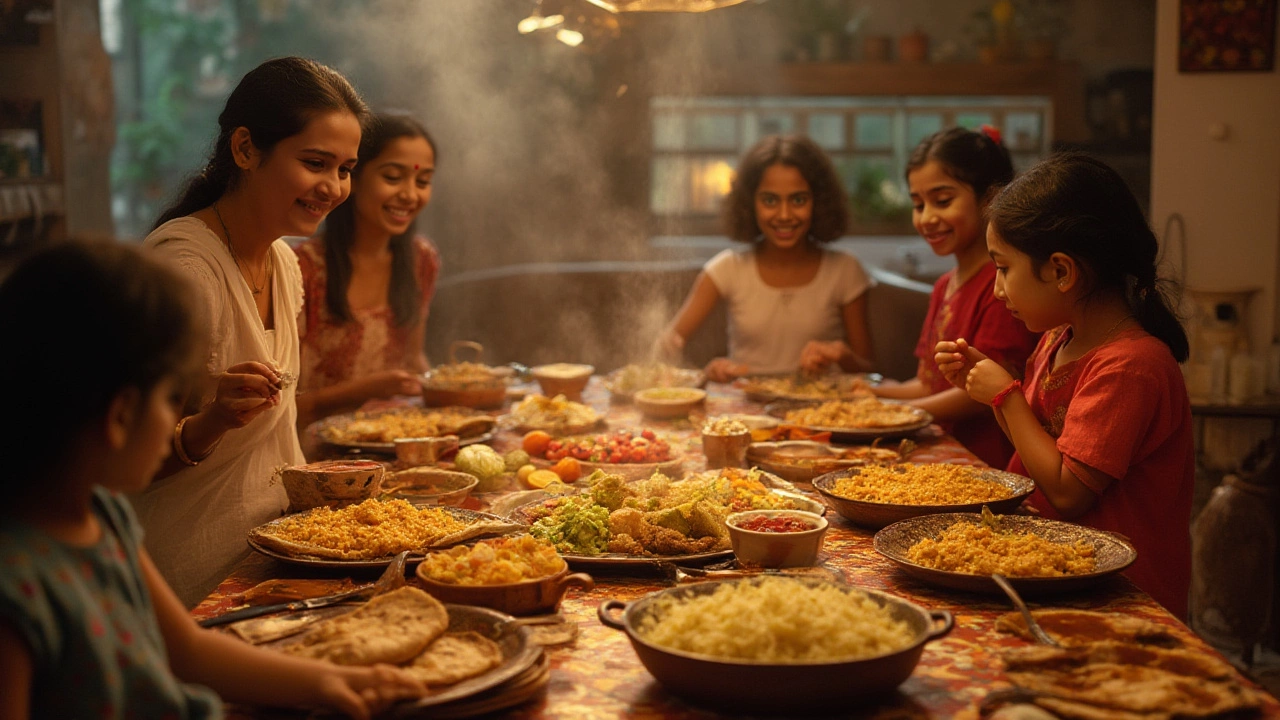Indian Food Culture: What Makes It Tick?
When you think about India, the first thing that pops up is the food – bold spices, colorful plates, and a never‑ending variety of dishes. But behind every bite is a story of region, ritual, and family. Understanding these basics helps you enjoy Indian meals more deeply and even try cooking a few at home.
Everyday Meals That Define the Culture
Most Indian households start the day with a light breakfast: idli, dosa, or a bowl of upma. These dishes are quick, nutritious, and use common pantry staples like rice, lentils, and spices. Lunch often features a staple grain (rice or roti) paired with a dal or vegetable curry. The key is balance – a bit of protein, a dash of fiber, and a spoonful of seasoning.
Take dal, for example. It’s simply split legumes cooked with turmeric, mustard seeds, and a pinch of chili. A handful of dal a day gives you protein and iron without much hassle. If you’re short on time, you can soak the lentils overnight, throw them into a pressure cooker, and finish with a quick tempering of cumin and garlic.
Snacking is another big part of Indian life. Street vendors sell everything from crunchy pakoras to sweet jalebi. While these treats are tasty, you can recreate healthier versions at home. Swap deep‑fried bhajis for baked samosas made with whole‑wheat dough and a light drizzle of oil.
Celebrations and Special Dishes
Festivals turn the kitchen into a laboratory of flavors. On Diwali, families bake laddus and barfis, often using ghee and nuts for richness. During Ramadan, the fast‑break fast (iftar) starts with dates, followed by hearty soups and biryani – a layered rice dish that showcases saffron, cardamom, and marinated meat.
Biryani is a good example of how technique matters as much as ingredients. Soak basmati rice for at least 30 minutes, then par‑boil it before layering with spiced meat or vegetables. The final “dum” (sealed cooking) step lets the steam infuse every grain with flavor.
If you’re curious about sweets, try making a simple kheer. Boil rice in milk, add a spoonful of sugar, and finish with cardamom and chopped almonds. It’s a dessert that feels festive but takes under 20 minutes.
Across the country, the same dish can look very different. South Indian sambar is a tangy lentil stew with tamarind, while North Indian kadhi is a yogurt‑based sauce thickened with gram flour. Both serve the same purpose – a comforting companion to rice or roti – yet each tells its own regional story.
To bring a piece of Indian food culture into your own kitchen, start with the basics: get a few staple spices (turmeric, cumin, coriander, and chili powder), a reliable source of lentils, and a good quality rice. Then experiment – add a pinch of new spice each week and note how the flavor changes. You’ll quickly see how a simple change can turn a plain dal into a fragrant, festival‑ready dish.
Remember, Indian cuisine isn’t just about taste; it’s about sharing, tradition, and the joy of cooking together. Whether you’re whipping up a quick breakfast or planning a feast, the ideas above will help you capture the heart of Indian food culture without feeling overwhelmed.
Indian Chutney Pairings: What Dishes Do They Accompany?
Explore the most common Indian foods paired with chutney, from breads and rice to snacks, with regional tips, a handy pairing table, and FAQs.
Why Do Hindus Not Eat Pork? Indian Food Beliefs and Traditions Explained
Why don't most Hindus eat pork? Discover the cultural, spiritual, and historical reasons behind this widely observed Hindu food restriction and its impact on Indian cuisine.
Most Popular Foods in India: What Do Indians Eat the Most?
Curious about what Indians truly eat the most? Dive into the flavors, facts, and surprising trends shaping the everyday table in India. Get the stats and real-life stories.


